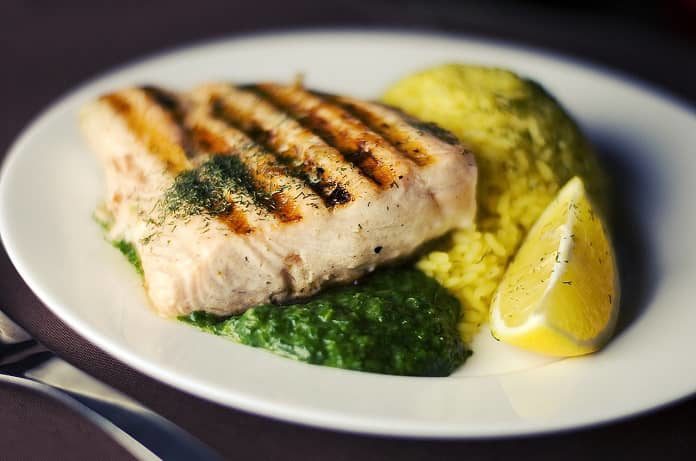Scientists examined whether diet may be affecting the success of Helicobacter pylori treatment, and looked at whether nutrients such as cholesterol and omega-3 fatty acids play a role.
Helicobacter pylori is a global health issue responsible for gastritis and gastric ulcers. Approximately 50% of the global population suffers from Helicobacter pylori infection, which can cause chronic gastrointestinal disease. Severe cases can increase the risk of gastric adenocarcinoma. In Japan, treatment involves a triple-drug therapy including two antibiotics and a proton pump inhibitor. However, the success rate of eradication therapy has declined over the last 20 years, with only 70% of patients now responding to therapy. The reasons for this decline are not clear but are suspected to include antibiotic resistance, smoking, and alcohol consumption. Links between different nutrients may also influence the success of eradication therapy, although few epidemiologic studies confirming this have been published. A recent observational study in Japan, published in the American Journal of Clinical Nutrition looked at how food and nutrient intake influences Helicobacter pylori eradication therapy.
A total of 352 Japanese patients (147 males, 205 females between 30-79 years old) diagnosed with Helicobacter pylori were treated with a triple-drug eradication therapy (lansoprazole, amoxicillin, and clarithromycin) for one week. All patients had a positive 13C-urea breath test (UBT) and 19% had gastritis and/or duodenal ulcers. A second UBT was performed eight weeks later and a negative result indicated success. A range of statistical analyses was undertaken to identify factors that might influence the success of eradication therapy including various body measurements, sociodemographic characteristics, blood samples, and dietary information.
The overall success rate of eradication therapy was only 60.2%. Successful eradication therapy was hindered by older age, higher concentrations of CRP (a marker of inflammation) and higher daily estimated intakes of iron, vitamin D, omega-3 highly unsaturated fatty acids (omega-3 HUFAs) and cholesterol, with cholesterol having the largest effect on therapy. Increased daily consumption of fish and eggs were also associated with therapy failure. Interestingly, correlations were seen between increased consumption of fish and increased levels of vitamin D and omega-3 HUFAs, and between increased consumption of eggs and increased levels of cholesterol.
The negative effects of cholesterol on eradication therapy are not unexpected, as Helicobacter pylori use cholesterol to increase its antibiotic resistance and to enhance its virulence. However, further research is required to identify the exact roles omega-3 HUFAs and vitamin D play in eradication therapy, especially considering that both have been shown to have anti-Helicobacter pylori effects and health experts promote intake of these nutrients.
Although this study shows that nutrient intake influences eradication therapy for Helicobacter pylori, more research is needed to confirm and understand these results. This is especially important as this study was performed in a small cohort of individuals from one ethnic background, meaning that these results may not be transferable to other populations. In addition, the dietary intakes were assessed using a self-administered questionnaire; therefore, it is possible that any associations identified in this study could be weakened due to reporting bias.
Overall, this study found that increased intake of omega-3 fatty acids, iron, and cholesterol are all associated with lower levels of treatment success.
Written by Natasha Tetlow, PhD
Reference:
Ikezaki H, Furusyo N, Jaques PF, et al. Higher dietary cholesterol and ω-3 fatty acid intakes are associated with a lower success rate of Helicobacter pylori eradication therapy in Japan. Am J Clin Nutr. 2017;106:581-588. Available from: doi.org: 10.3945/ajcn.116.144873.



